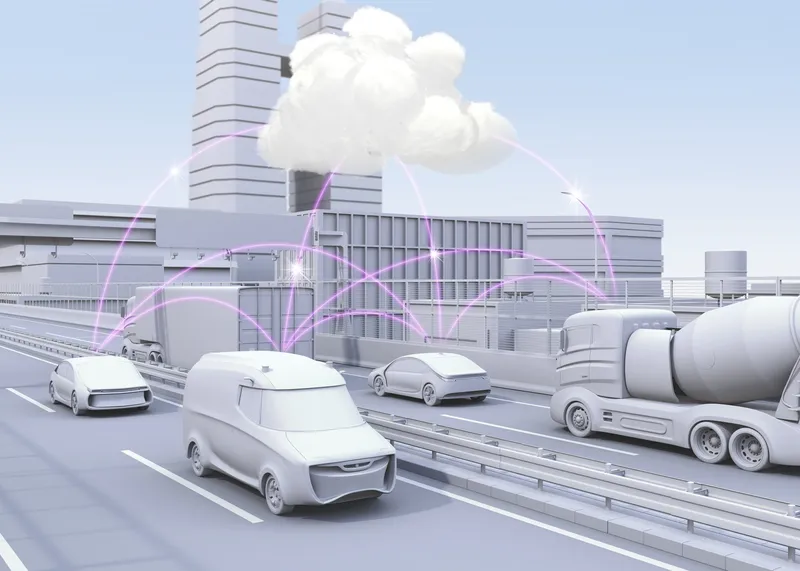
TRL (Transport Research Laboratory) has launched a testing service to assure the safety performance and handling of powered micromobility solutions in real-world settings in the UK.
TRL says the service provides an independent report based on an assessment of the vehicle’s key performance and safety features.
Currently, micromobility vehicles such as electric scooters, hoverboards and e-skateboards are only legally permitted for use on private land.
TRL points out that a key challenge in achieving their widespread rollout is ensuring that they can be safely integrated into the wider transport system.
On-road trials of shared e-scooters are underway across the UK as part of the Department for Transport’s Future of Transport Regulatory Review. In these trial conditions, e-scooters are permitted on public roads and allowed to mix with other traffic.
George Beard, head of new mobility at TRL, says: “To assist with ongoing real-world trials, TRL has designed a set of standardised tests which can be applied to a variety of powered micromobility solutions.
“With years of experience in the design of safety tests and standards for a variety of European transport regulations under our belt, we can deliver an independent and technology-agnostic service to assess the safety of micromobility vehicles and provide assurance to transport authorities and end users.”
The service covers emergency brake testing to assess stopping distance and vehicle response under different conditions and vehicle stability testing when traversing different surfaces and when user control may be compromised, such as making hand signals to turn.
Geofencing testing is an optional extra used to assess operators’ ability to locate and control the e-scooters.
This includes testing the responsiveness of automatic functions when entering ‘slow speed’ or ‘no ride’ zones, the laboratory adds.










